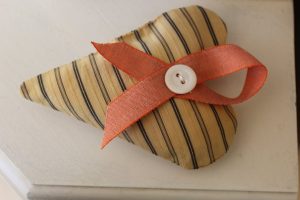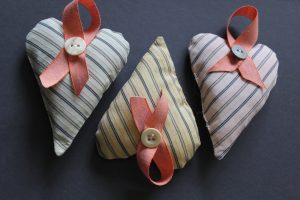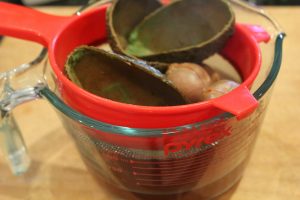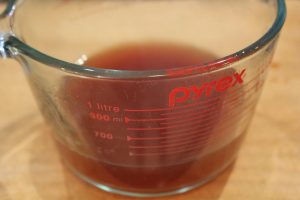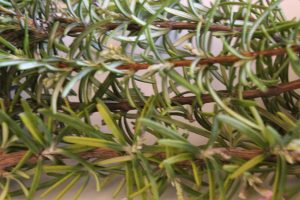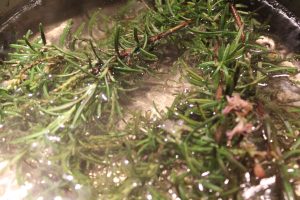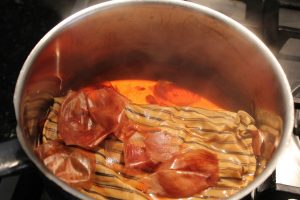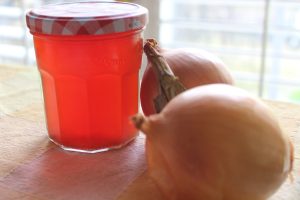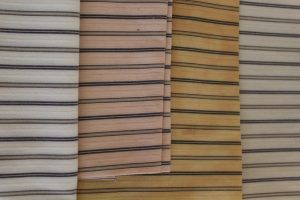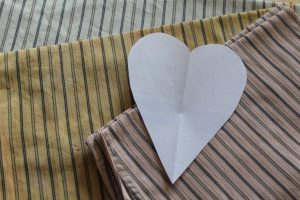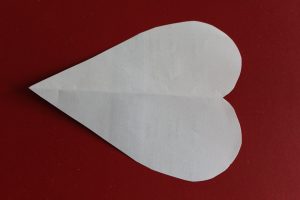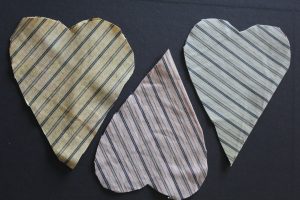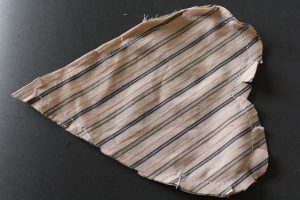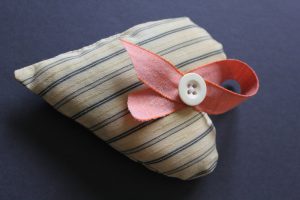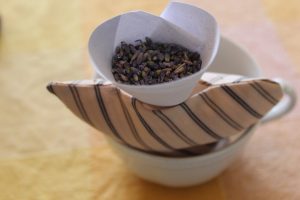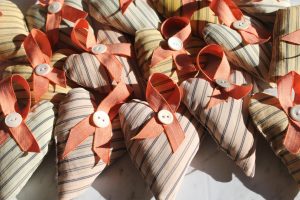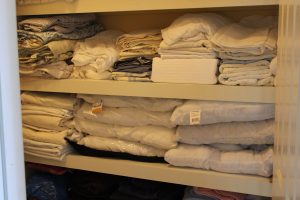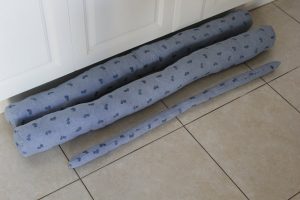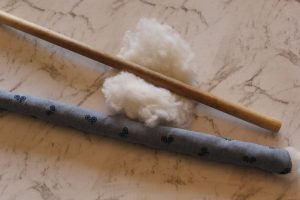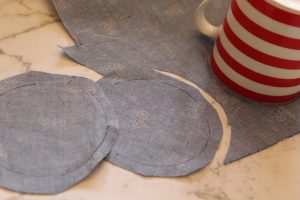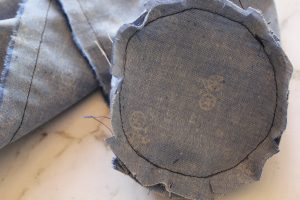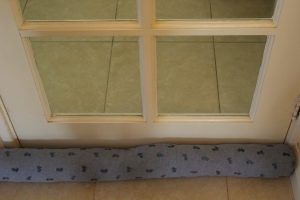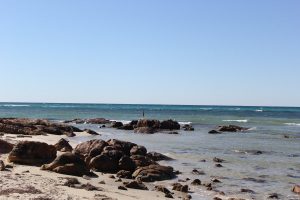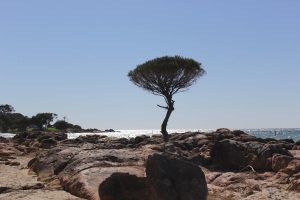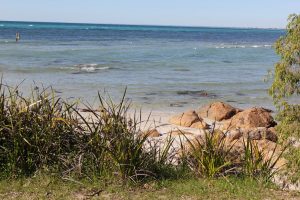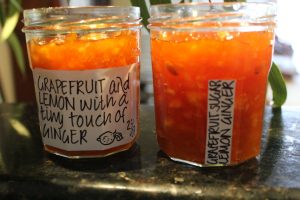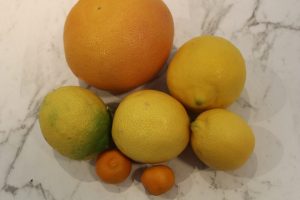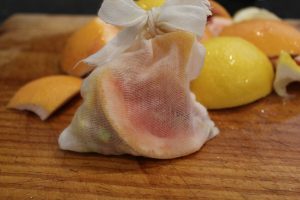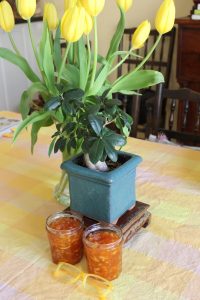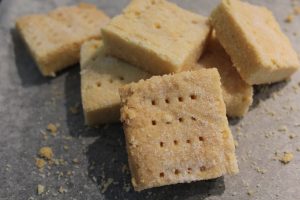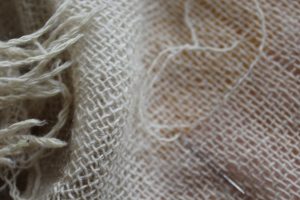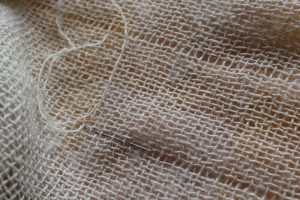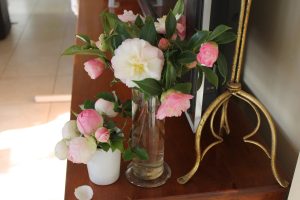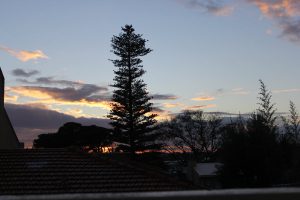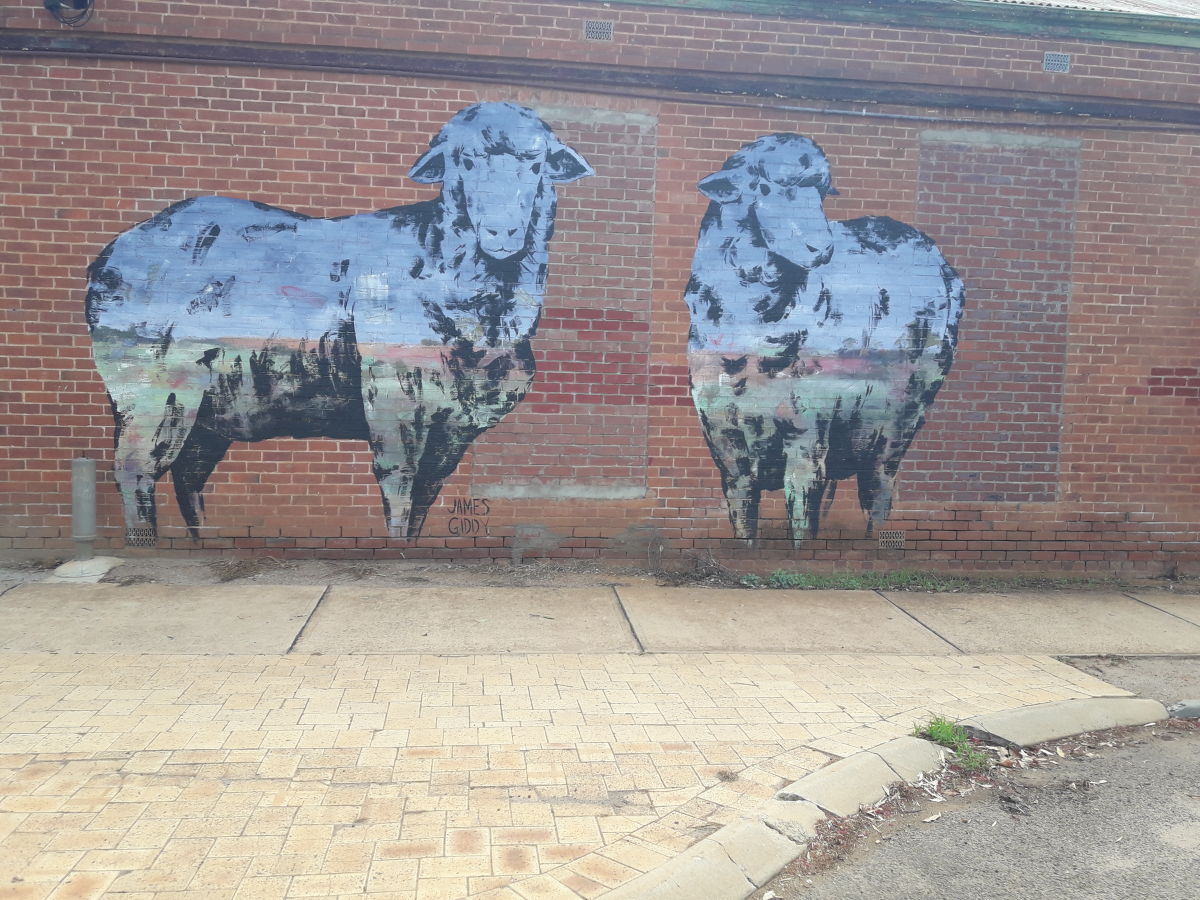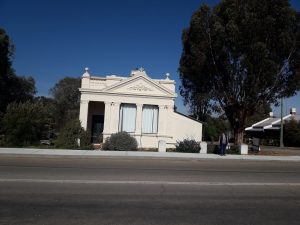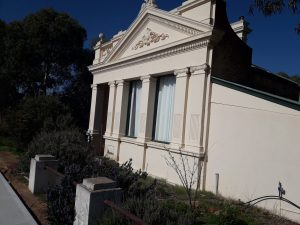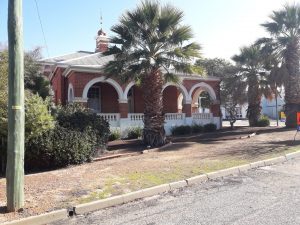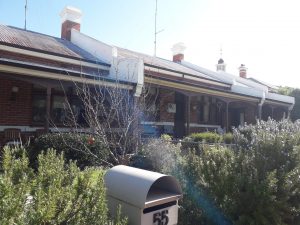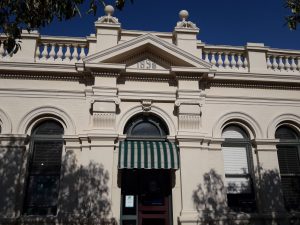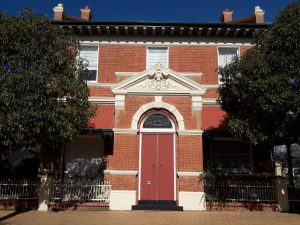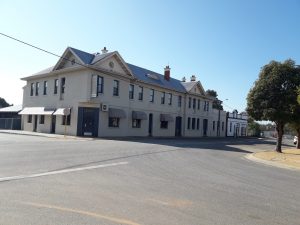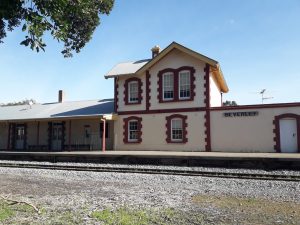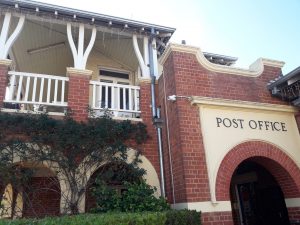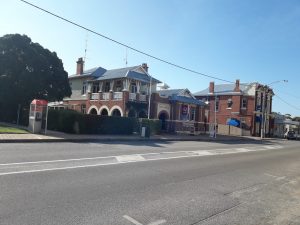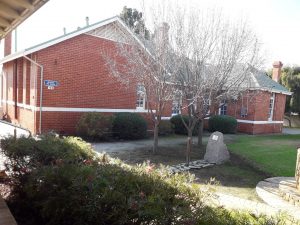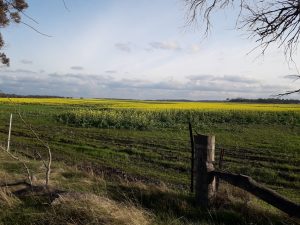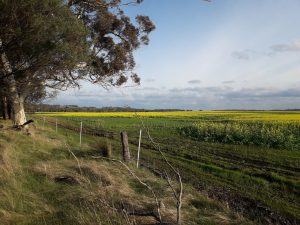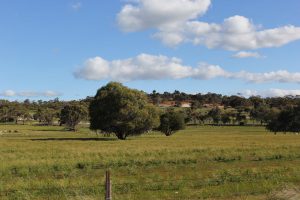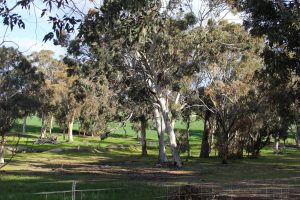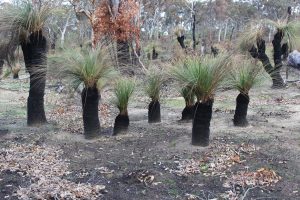ANN CLEEVES MURDER THRILLERS


Ann Cleeves, an English crime writer, has written more than 30 novels, including a series of thrillers set in the Shetland Islands. Several have been made into a television series filmed by BBC ONE featuring the main protagonist, Jimmy Perez. All are great viewing. Our most recent read, Wild Fire, was written in 2018 and is the last in the Shetland series. It would also make a great film. Cleeves has worked as a probation officer, cooked at a bird observatory and as as auxiliary coastguard and these interests are all apparent in her books.
This was a gripping murder thriller, with well developed characters and a clever plot. The descriptions of the surrounding landscape make me want to visit the Shetland Islands but only in summer!


Another murder thriller by Ann Cleeves, this time from the Vera series. Many of these stories have also been made into a television series by the English company, ITV. This story has more of Vera’s private and early life revealed in it as her father is involved in the plot. He was not particularly law abiding and not pleased when his daughter joined the police force. Again, a gripping, clever and entirely engaging story.
BLOOD ORANGE SORBET
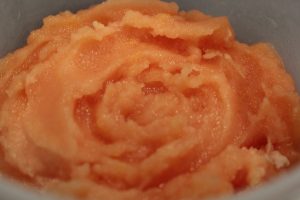


This is a Blood Orange Sorbet, one of the many citrus treats we enjoy during the citrus season. It’s quite difficult to find blood oranges in Perth but the juice makes a very good sorbet.
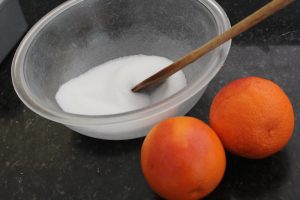

Start by putting the bowl of an icecream maker in the freezer for 12 hours, or according to your machine.
To make the sorbet, make a sugar syrup by mixing 2 cups of sugar with 2 cups of water. Stir and dissolve the mixture in the microwave. Cook one minute, stir, mix another minute, stir then decide if the syrup needs more heating to completely dissolve the sugar.
Juice five blood oranges, plus a lemon and add to the syrup. Some recipes add zest, but we don’t, then chill the mixture.
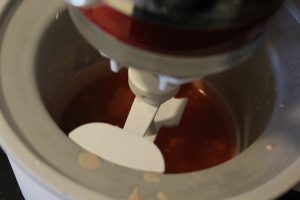

With the paddle in place in the bowl, mix for about 12 minutes until the syrup is almost solid, tip into a container and put back in the freezer until you’re ready to eat it. Delicious.
( There is a range of Blood Orange Sorbet recipes online )



AND IN THE WINTER GARDEN
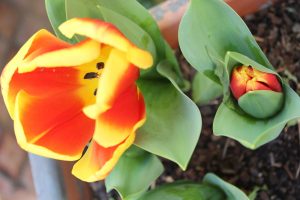

The first of the tulips. They’re gorgeous, but strangely they are blooming on very short stems.
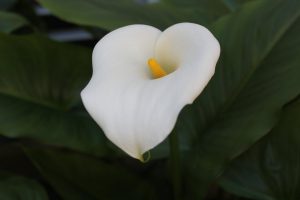

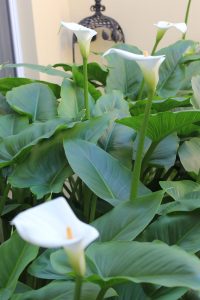

I love arum lilies but they are considered a weed in Western Australia. I grow them in a contained bed where I can see the large, lush green leaves and lovely white flowers from our bedroom window.
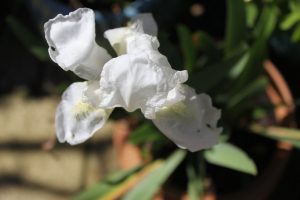

The white irises have begun blooming. I have them in garden beds and in pots.
Monday, August 26th was INTERNATIONAL DOG DAY.
People and dogs have lived side by side for thousands of years and we celebrate this symbiotic relationship on 26th August.
Founded by author and dog behaviourist Colleen Paige, in 2004, not only to focus on our pet dogs but also consider abused and abandoned dogs and puppy mills.
The benefits of dog ownership are enormous. The use of dogs to assist blind, ill and anxious people is ever increasing. Dogs are popular visitors in hospitals and schools. They create social opportunities at the dog park, for themselves and their owners. And even when you’ve been together for years and years, they are still genuinely excited when you come home!
All dog shelters welcome volunteer helpers, money and donations of blankets, towels and sheets.


Our groodle, LOUIS.

